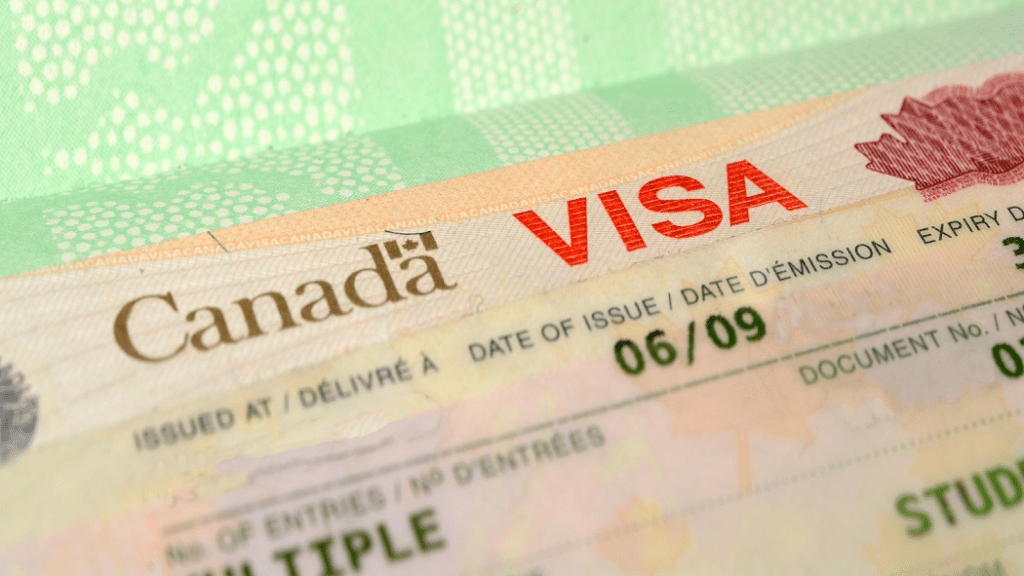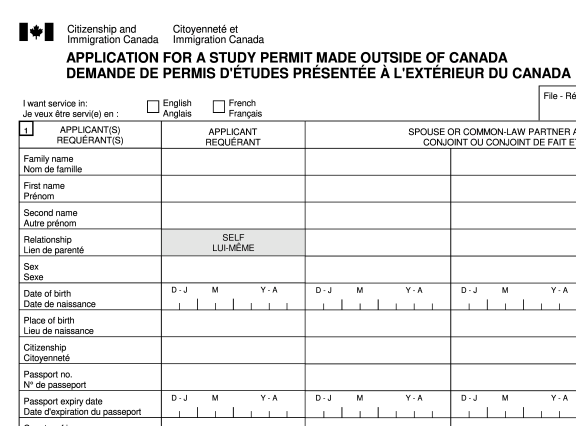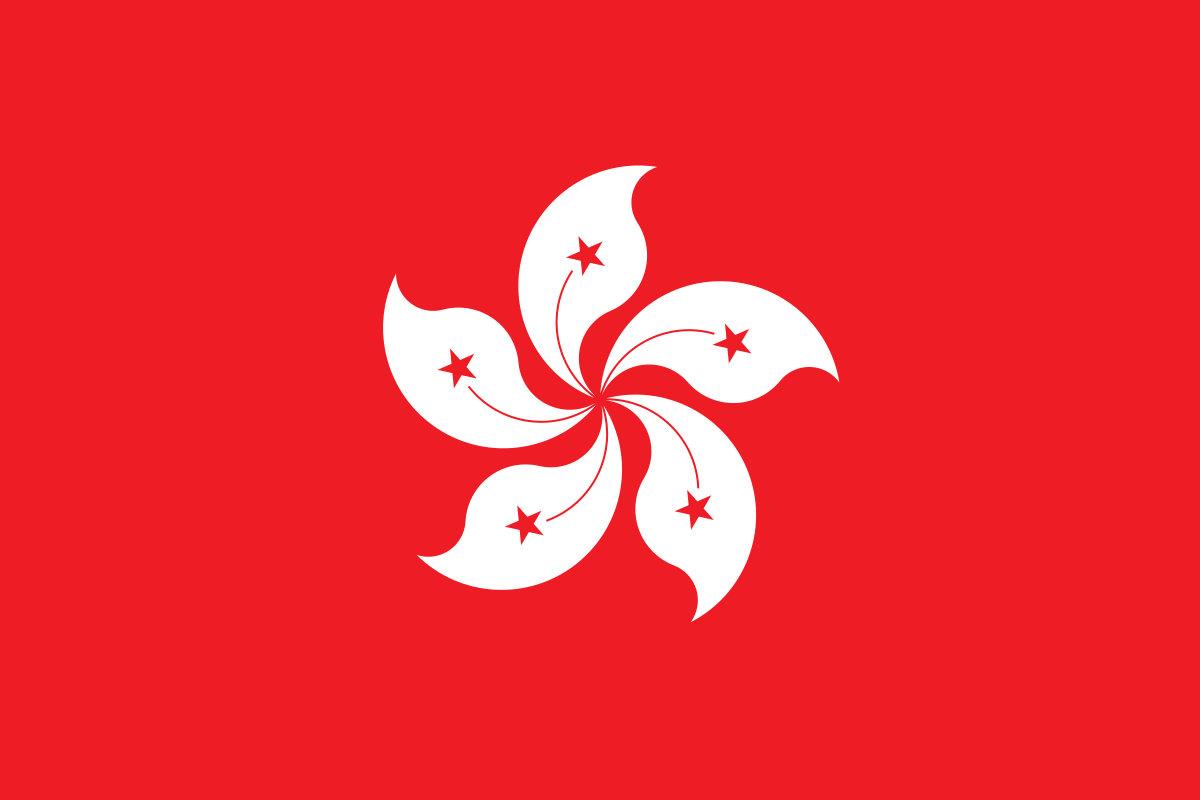
Immigrating to Canada – Canadian Citizenship, Visa, Permanent Residence
Even with its ice-cold winters, Canada’s clean environment, liberal political system, strong public health and education sectors and ample living space continue to attract huge numbers of prospective immigrants to the nation each year.
On average in recent years there have been about 200,000 new immigrants entering Canada annually. It may sound like a lot, but when you consider Canada’s 9.98 million square kilometres of land housing just 37.59 million people in all — that’s even less than the state of California at 39.51 million, and just over half the UK population at 68.28 million — there appears to be plenty of room!
But how does one emigrate to Canada? What are the key policies in place that govern the acquisition of work and student visas? How does one attain permanent residence? These questions and more we will cover in today’s guide.
If you are ready to apply for your Canadian Citizenship, you should read our next article on How to Apply for your Canadian Citizenship. Once you’re ready, you should use our Canadian Citizenship Test Prep Course so you can ace your Citizenship Test

How to Apply for a Work Visa / Work Permit
Every year, Canada issues a huge number of work permits — in the hundreds of thousands — so that global talent can enter the country to work and contribute. To understand the process, we should first understand how the government of Canada defines the term “work.”
In short, “work” is defined as “an activity for which wages are paid or commission is earned, or that competes directly with activities of Canadian citizens or permanent residents in the Canadian labour market, no matter the duration of the intended activity.”
Work Visa Requirements:
- Labour Market Impact Assessment (LMIA)
Not every job requires a LMIA, but many do so it’s important to understand. The LMIA is a process in which the government assesses whether the skills and work you are hoping to do can not typically be done by the domestic workforce. A positive (or neutral) LMIA means that Employment and Social Development Canada (ESDC) is satisfied that no Canadian citizen or permanent resident is available to fill this post. A negative LMIA finds the opposite.
A LMIA may not be required if the applicant is subject to international agreements such as NAFTA, CETA or CPTPP. It also may be waived if the work you are going to do is of direct benefit to the Canadian public either socially or culturally.
- A Job Offer from a Local Employer
To obtain a permit, you will have to have a firm and secure offer of employment from a Canadian employer. Most work permits in Canada are specific to one particular employer and workplace. There are some exceptions, however, who are able to apply for open work permits. These are not employer-specific and allow the holder to work anywhere.
- Application Materials
The third thing you need is your application materials. The government has prepared a very useful document numbered IMM 5488 E “Document Checklist” on which you’ll find you need the following forms and documents:
- Form IMM 1295 – Application for Work Permit made Outside of Canada
- Form IMM 5707 – Family Information
- Form IMM 5409 – Statutory Declaration of Common-law Union
- Form IMM 5476 – Use of a Representative (if you are using a representative service to complete the application)
- Form IMM 5475 – Authority to Release Personal Information to a Designated Individual (if you wish to authorize Canadian immigration services to share information on your case with someone other than yourself)
- Passport Information Page Photocopy – Must include passport number, issuance and expiry dates, your photo, name, date of birth and place of birth
- Two valid photographs – On the back you should write your name and date of birth
- Proof of Current Immigration Status – This is only needed if you are applying from a country that is not that of your birth
- Photocopy of Marriage License/Certificate (if applicable)
- LMIA and Offer of Employment
- If you are applying to work in Quebec, then you will also need evidence of a valid Certificat d’acceptation du Quebec (CAQ).
You may also be required to submit your biometrics – e.g., fingerprints. This adds an extra CA$85 per person to the process.
If you are applying for your work permit from outside of Canada, you should submit it to the Canadian visa office in your home country. That office might be attached to the Canadian embassy, or it could be at an off-site location with local staff. If you are applying for your work permit from inside Canada, you should submit it to an immigration, Refugees and Citizenship Canada (IRCC) office.
Applications can also be completed online.

Work Visa Procedures
For this example, we’ll use applying from outside Canada as the main example.
Step 1: Your employer in Canada has to apply for the Labour Market Impact Assessment (LMIA) if it’s necessary for your employment. As mentioned above, the LMIA is a process whereby it is determined if your proposed work position in Canada could be done by local Canadians or permanent residents and/or will impact the local workforce negatively.
Step 2: Having received the LMIA (positive or neutral), your employer issues an official job offer in writing. You will need this document, along with the LMIA for step 3.
Step 3: The worker applies for their permit either at the IRCC office (inside Canada) or at the local Canadian visa office (outside Canada). Along with the application form, the LMIA, and the job offer letter, the applicant must also submit all the other appropriate documentation.
Step 4: The application is approved and the applicant arranges travel to Canada. The final work permit will be issued upon their arrival at the Canadian border.
Processing Times and Fees
With added pressure from the ongoing COVID-19 pandemic, applications can’t be processed in normal times. The current estimated processing time is 4-6 weeks depending on where you are in the world. In most locations, you should give yourself at least 6 weeks to complete the process.
It should be noted that this period of 6 weeks does NOT include the time it takes to send the application to the visa centre or the IRCC, nor the time it takes to get your biometrics. The work permit is CA$155 per person, or CA$465 for a group of 3 or more performing artists.
How To Apply for a Student Visa
Student Visa Requirements
To get a study permit for Canada, applicants must meet the following requirements:
- A letter of acceptance from a qualified learning institution
- Proof of adequate financial support to the value of the first-year tuition, living expenses and return flights or other transportation
- A “Certificat d’acceptation du Quebec” – for those who want to study in Quebec.
- Clean criminal record
- Be currently in good health
- Proof that the student will leave Canada at the end of their authorized educational stay

Students from India, China, the Philippines, Pakistan, Vietnam, Morocco, Senegal, Brazil, Colombia, Peru, Antigua and Barbuda, Costa Rica, Trinidad and Tobago, and Saint Vincent and the Grenadines can get their applications fast-tracked through the Student Direct Stream (SDS) service. It typically takes 20 calendar days.
Student Visa Procedures
Step 1: Prepare Documents and Submit Application
Student applicants must first prepare all the documentation described above, and apply either to their local Canadian visa application center or to the IRCC in Canada if they are already in Canada.
Step 2: Receive Letter of Introduction
If the procedures for application are successful, applicants will receive a Letter of Introduction (LOI) that confirms approval. Please note that this letter is not the study permit. In addition, some applicants will receive an electronic travel authorization (eTA) or a temporary resident visa (TRV) if their country situation demands that they need that. The eTA is on the LOI and is linked to the passport used to apply for the visa. The TRV is pasted directly into the passport.
Step 3: Travel to Canada
Equipped with the above items as needed per the applicant’s nationality, the applicant makes arrangements to travel to Canada. On arriving at the border, they present the LOI and/or their eTA/TRV to an immigration official to confirm. The study permit is then issued to the student.
Processing Times and Fees
In these troubled times of COVID-19, the Canadian government advice site tells applicants for study permits to allow at least 9 weeks of time to get the application completed. This time does not include application mailing times or times needed to give biometrics.
The study permit is charged at CA$150 per person. Biometrics are an additional CA$85 if required.

How to Get Permanent Residence
To become a permanent resident in Canada, you first have to become a temporary resident, usually by acquiring a work permit as described further above. Once you are living and working in Canada, you can join the pathway to permanent residence program.
Permanent Residence Pathway Requirements
You can be eligible for this program if:
- You have accumulated experience in Canada working in health services or another “essential occupation”
- You recently graduated from a Canadian institution of higher learning (post-secondary institution)
You can choose from one of the 6 pathways to permanent residence in Canada. Three of them are for applicants who speak English or French, and three are specifically for French-speaking applicants.
English/French:
- Workers in Canada: healthcare
- Works in Canada: essential, non-healthcare
- Recent international graduates from a Canadian institution
French:
- French-speaking workers in Canada: healthcare
- French-speaking workers in Canada: essential, non-healthcare
- French-speaking recent international graduates from a Canadian institution
More details on exactly who is eligible for which stream can be found on the Canada.ca website.
Permanent Residency Procedures
Step 1: Get Documents Together
The first thing you need is all your correct documentation. Regardless of which stream you are on; you will need the following documents:
- Proof of entry and status in Canada
- Proof of current employment in Canada
- Proof of language proficiency (French or English)
Those on the first two streams (healthcare and non-healthcare) also need their work permit, and employer reference letters, as well as T4 tax information slips, work contracts and pay stubs.
Those on the graduate pattern need proof of their completed studies in Canada. You can find more details on these documents and what’s required here.
Step 2: Combine Documents with Application
For your application, you’ll need the following additional forms:
- Form IMM 0008 – “Generic Application Form for Canada”
- Form IMM 0008 DEP – (same as above, but for addition dependants)
- Form IMM 5669 – “Schedule A – Background/Declaration
- Form IMM 5406 – “Additional Family Information”
- Form IMM 0130 – (for work pathways) “Temporary Resident to Permanent Resident Pathway
You application will also need the following supporting documents:
- Info page of your passport or other travel document
- Identity/civil status documents
- IME – Immigration Medical Exams
- Police certificates and clearances
- Photos
Step 3: Pay the Fees
The main fee includes a processing fee and the right of permanent residence fee, totaling CA$1050 ($550 for the former, $500 for the latter). It’s an additional CA$150 for each dependent child on the application.
If biometrics are needed, it adds a further CA$85 per person, or CA$170 per family (2 or more people).
Step 4: Apply Online
Once all documentation is ready, you can submit the application online. Click here to see the login page, but it’s best to start from the page before so you can double check that you have everything you need for the application.
The processing time for a PR card is 43 days.
If you are already a Canadian citizen or a permanent resident of Canada, you can also apply to sponsor family members to come to Canada and also become permanent residents. The Canada.ca website has detailed information on how to sponsor relatives.
Once you get your Permanent Residence, it’s time to think about getting your Canadian Citizenship. Find out about How To Apply for your Canadian Citizenship.

Special Measures to Support Hong Kong Residents to Come to Canada
Residents of Hong Kong, those with immediate and extended family members already living as Canadian citizens or permanent residents in Canada, and immediate family members of Hong Kong residents who plan to work or study in Canada are all eligible for special measures providing temporary and permanent residence in Canada.
Those eligible for the special measures can submit their applications for work permits, permanent residence, etc. as described above, but with the following considerations:
- Hong Kong SAR and British National Overseas (BNO) passport holders may have their fees waived if they apply for extensions to existing Canadian visas inside of Canada
- Applicants for the open work permit are exempt from paying the CA$100 fee
- They are also exempt from paragraph R200(1)(c) requirements when applying for an open work permit
- Hong Kong residents are also exempt from Paragraphs R199(a) to (i), and Paragraph R200(3)(e) in the work permit rules
- Canadian permanent residence holders living in Hong Kong can get a high-priority application for PR travel documents (PRTD). They need only apply at the IRCC in Hong Kong
Hong Kong residents wanting further information should consult with the IRCC in Hong Kong.
Test
Je suis Dosso Ibrahim titulaire d’un BTS en génie civil option géomètre topographe. Célibataire 3 enfants.